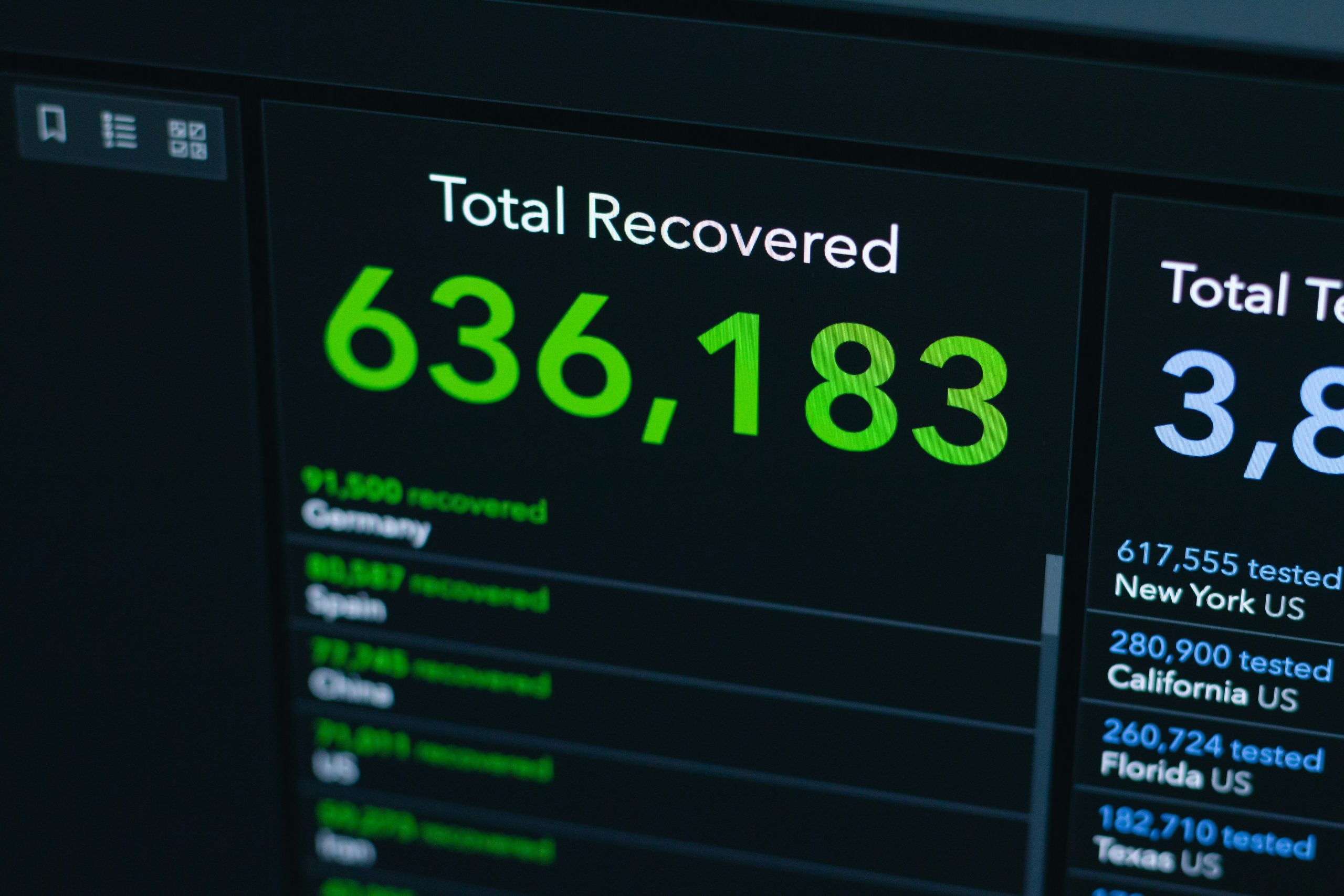Ever stared at a blank screen after your server crashed, knowing hours—or even weeks—of work were gone? Yeah, it’s not fun.
In today’s hyper-connected world, data is the lifeblood of businesses and individuals alike. But what happens when disaster strikes, and you’re left scrambling to recover? This post dives deep into the art (and science) of emergency data recovery, helping you build fault tolerance into your cybersecurity strategy. Buckle up—you’re about to learn how to save yourself from the brink of digital despair.
Table of Contents
- Why Fault Tolerance Matters in Cybersecurity
- Step-by-Step Guide to Emergency Data Recovery
- 5 Best Practices for Proactive Data Management
- Real-World Examples of Successful Recoveries
- FAQs About Emergency Data Recovery
Key Takeaways
- Fault tolerance ensures systems keep running smoothly during disruptions.
- Effective data recovery strategies can prevent catastrophic losses.
- Proactive backups are non-negotiable for robust cybersecurity measures.
- Knowing common pitfalls helps avoid costly mistakes.
Why Fault Tolerance Matters in Cybersecurity
Digital disasters don’t wait for convenient times—they strike when you least expect them. Remember that time I accidentally wiped an entire database because I mistyped one command? Sounds like nails on a chalkboard, doesn’t it?
Fault tolerance isn’t just tech jargon; it’s your first line of defense against these emergencies. It’s all about building systems that can handle failures gracefully without losing critical information. Think of it as having a superhero cape for your data:

“Fault tolerance keeps operations humming while humans figure out what went wrong.” — Industry Expert
Optimist You:
“Just set up fault-tolerant systems, and you’ll never worry again!”
Grumpy You:
“Yeah, until someone ‘accidentally’ unplugs the backup server mid-update…”
Step-by-Step Guide to Emergency Data Recovery
Let’s say disaster has struck. Your server crashed, files vanished, or ransomware hit. Don’t panic—here’s your roadmap:
Step 1: Assess the Damage
First things first—what exactly do we know is missing? Make a list of impacted files/data so you’re clear on priorities.
Step 2: Isolate the System
If malware is involved, quarantine the affected machines ASAP to stop further spread. Sounds simple, but trust me, skipping this step is like pouring gasoline on fire.
Step 3: Verify Backups
This is where those proactive habits pay off. Check if recent backups exist and whether they’re intact. If not… well, let’s hope step four saves the day.
Step 4: Deploy Recovery Tools
Use specialized software tools designed for emergency situations. Some popular options include:
- R-Studio
- Recuva
- GetDataBack
These tools scan storage devices for traces of deleted or corrupted files. Just remember—it’s no magic wand. Severely damaged drives may still require professional intervention.
Step 5: Test Restored Data
Once recovered, test everything thoroughly. Missing bits? Restore incomplete? Better catch issues now than later when it could cost you clients—or worse.

5 Best Practices for Proactive Data Management
To minimize emergencies, adopt these practices:
- Automate Regular Backups: Manual backups are prone to forgetfulness. Automate them daily (or hourly).
- Implement RAID Systems: Redundant Arrays of Independent Disks add layers of protection.
- Monitor Health Metrics: Track disk health using SMART diagnostics regularly.
- Educate Your Team: Social engineering remains a weak link. Train staff on phishing scams!
- Vent Often: Okay, maybe this last tip won’t directly help—but venting prevents burnout!
Real-World Examples of Successful Recoveries
Take NASA, for example. During the Mars Rover mission, their fault-tolerant systems allowed the rover to operate autonomously despite communication delays.
Or consider a small business owner who lost customer records due to ransomware. Thanks to rigorous cloud backups, she restored her entire dataset within hours—and avoided bankruptcy.

FAQs About Emergency Data Recovery
Q: How much does emergency data recovery cost?
A: Costs vary widely depending on complexity—from $100 DIY attempts to thousands hiring experts.
Q: Can any file be recovered?
A: Most often yes, though overwritten data might remain unrecoverable.
Q: What’s a terrible tip here?
A: Never attempt opening physical hard drives unless you’re trained professionally. One wrong move, and poof—the data is toast.
Conclusion
Emergency data recovery doesn’t have to feel impossible. By understanding fault tolerance, implementing smart strategies, and learning from real-world successes, you can safeguard your digital assets effectively.
So, next time fate throws a curveball at your storage systems, channel your inner optimist—but arm yourself with solid backups too. And hey, who knows? Maybe someday you’ll ace IT troubleshooting faster than loading Windows XP.
Haiku Time:
Data falls silent,
Faults lurk behind every byte.
Prepare, persist, prevail.
(Note: Replace placeholder image URLs with actual high-quality images relevant to the content.)


